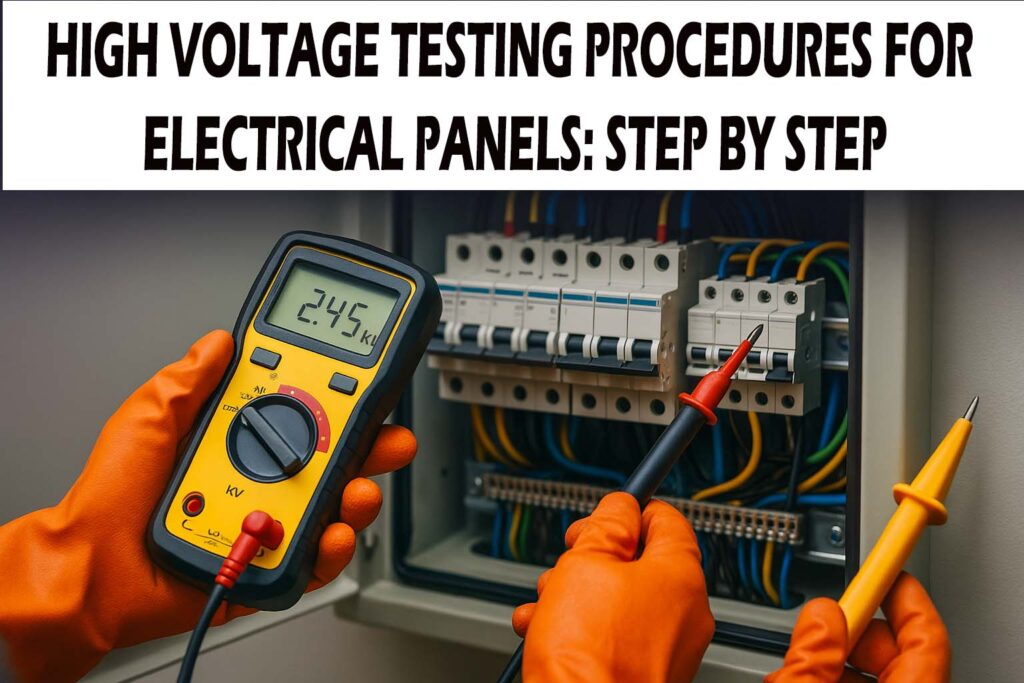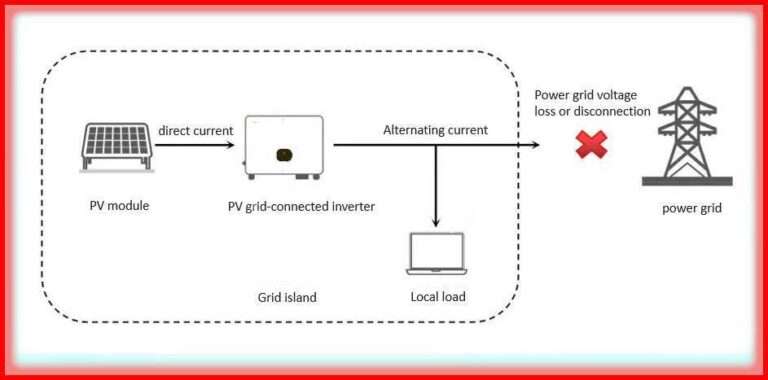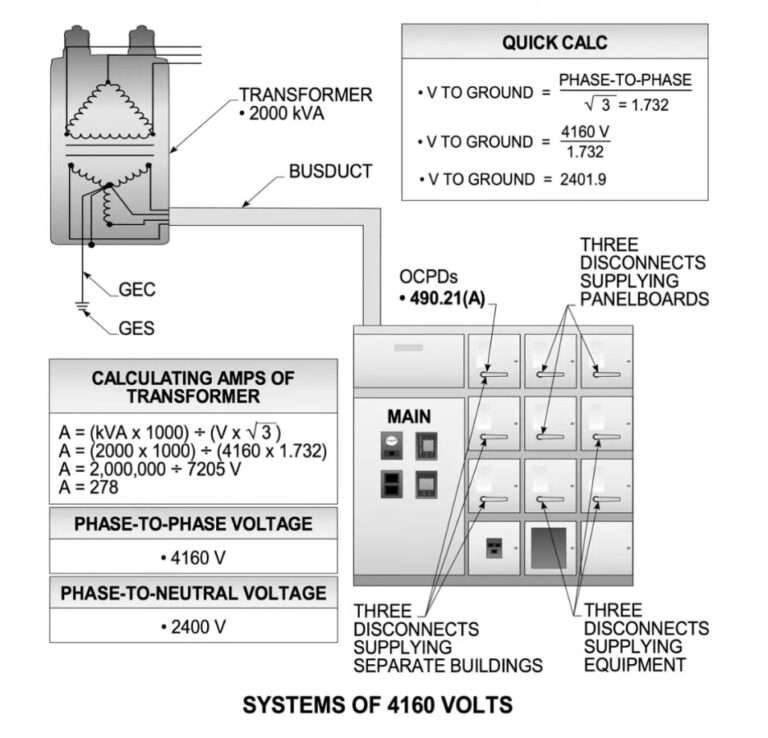High Voltage Testing Procedures for Electrical Panels: Step by Step
High voltage testing is a critical safety and quality assurance step in electrical installations. Whether for industrial switchgear or commercial panels, high voltage testing helps identify insulation weaknesses, faults, or risks before the system is energized. In this article, we’ll explore the high voltage testing procedures for electrical panels step by step, including the tools, standards, methods, and safety measures involved.

Understanding these procedures ensures the system’s integrity, helps comply with regulatory codes, and ultimately protects people and property from electrical hazards.
What Is High Voltage Testing?
High voltage testing is a diagnostic procedure used to apply voltages higher than the system’s normal operating voltage. The objective is to test the insulation strength and dielectric performance of electrical equipment, especially panels, busbars, cables, and switchgear.
This type of testing is typically done after installation, during commissioning, and also at routine maintenance intervals.
Why High Voltage Testing Is Important for Electrical Panels
Electrical panels distribute power across systems. If their insulation fails, the consequences can be severe. That’s why high voltage testing is essential. It detects issues like:
- Insulation deterioration
- Loose terminations
- Moisture ingress
- Manufacturing defects
By performing proper high voltage testing procedures for electrical panels, you prevent future failures, improve equipment lifespan, and meet compliance standards such as IEC 60204, IEEE 95, or ANSI C37.
Learn more about Earth Ground Testing: Clamp Meter vs Fall-of-Potential Method
Types of High Voltage Tests on Electrical Panels
There are several methods used for high voltage testing. Each method has a unique purpose depending on the panel’s rating and application.
| Test Type | Purpose | Voltage Range | Equipment Used |
|---|---|---|---|
| Dielectric Withstand Test | Checks insulation integrity | Up to 5kV or higher | AC/DC Hipot Tester |
| Insulation Resistance Test | Measures resistance of insulation | Up to 1kV | Megger or IR Tester |
| Partial Discharge Test | Detects minor insulation defects | Varies | PD Analyzer |
| Surge or Impulse Test | Simulates lightning or switching surge | > 5kV | Surge Generator |
Each test has different procedures and safety requirements. However, the most commonly used are the AC/DC High Voltage Withstand Test and Insulation Resistance Test.
Step-by-Step High Voltage Testing Procedures for Electrical Panels
Let’s break down the complete testing process in a step-by-step format. The testing should be conducted by a qualified technician and follow local safety codes.
Step 1: Prepare the Work Area
Before beginning any high voltage testing procedures for electrical panels, it’s essential to set up a safe environment.
- Ensure the area is isolated and restricted from unauthorized personnel
- Use grounding mats and insulated gloves
- Place warning signs and barriers
- Disconnect all loads and external wiring
- Verify the absence of voltage using a calibrated tester
Preparation is not just a safety formality; it ensures the accuracy of the test as well.
Learn more about Insulation Resistance Testing: Step-by-Step Process
Step 2: Visual and Mechanical Inspection
Check for any visible faults before applying voltage. This includes:
- Loose bolts or terminal connections
- Cracked insulation or burn marks
- Water ingress or condensation
- Broken indicators or labels
Fixing mechanical issues before the test reduces the chance of damage during high voltage application.
Step 3: Select the Appropriate Test Equipment
Choosing the right test equipment is key to accurate results.
- Use an AC Hipot tester for panels with capacitive components
- Use a DC Hipot tester for testing long cable runs or when insulation leakage current needs to be measured
- For insulation resistance, use a Megger rated appropriately (500V, 1000V, etc.)
Make sure the equipment is calibrated and certified according to ISO 17025 or similar standards.
Step 4: Connect the Test Leads Properly
Improper connections can result in inaccurate readings or equipment damage. Always follow these practices:
- Connect the high voltage lead to the phase conductor or terminal
- Ground the panel enclosure or neutral bar properly
- Use short, insulated test leads with secure alligator clips or clamps
- Ensure proper clearance from other components
Learn more about Best Megger Testers for Industrial Use (2025)
Step 5: Perform the Dielectric Withstand (Hipot) Test
This is the core test among all high voltage testing procedures for electrical panels. Here’s how it’s performed:
- Set the voltage level according to the panel rating. Example: 2 times the rated voltage + 1000V for one minute.
- Apply voltage gradually using the ramp-up function of the tester.
- Maintain the voltage for the specified duration (usually 60 seconds).
- Observe leakage current and check for tripping or flashovers.
- Discharge the circuit properly before disconnecting the tester.
Acceptable leakage current is usually <1 mA per kV, but always follow the manufacturer’s or IEC/IEEE guidelines.
Step 6: Perform the Insulation Resistance Test
This is a lower-voltage test but still essential.
- Disconnect all connected loads and surge arresters
- Set your Megger to 500V or 1000V
- Connect one lead to the phase terminal and the other to earth
- Record the resistance value. A minimum acceptable value is usually 1 MΩ per kV of rated voltage
- Repeat for all phases to ground and phase-to-phase
Keep in mind that moisture, dirt, or temperature can affect results.
Step 7: Analyze the Test Results
Test results must be recorded and analyzed. Here is a sample table for reference:
| Test Type | Voltage Applied | Duration | Leakage Current | Status |
|---|---|---|---|---|
| Hipot (AC) | 2.5 kV | 60 sec | 0.45 mA | PASS |
| Hipot (DC) | 3 kV | 60 sec | 0.30 mA | PASS |
| IR Test (L-E) | 1000V | 1 min | >200 MΩ | PASS |
| IR Test (L-L) | 1000V | 1 min | >180 MΩ | PASS |
Document all results along with equipment ID, operator name, date, ambient temperature, and humidity.
Learn more about Hybrid Solar Inverter Working Principle with Circuit Diagram
Step 8: Reconnect the Panel and Restore Power
Once all tests are complete:
- Reconnect any disconnected loads
- Remove lockouts and tags
- Notify all personnel of test completion
- Re-energize the panel under controlled conditions
- Monitor for any unusual sounds, smells, or heat
Always restore the system in the presence of a responsible electrical engineer.
Safety Measures During High Voltage Testing
Because high voltage testing involves exposure to dangerous voltages, safety is non-negotiable.
- Use only tested and rated PPE (personal protective equipment)
- Follow a documented testing procedure
- Never work alone during testing
- Always discharge the circuit before touching
- Ground all disconnected cables before reconnecting
Following standard procedures ensures not just compliance, but also technician safety and equipment longevity.
Industry Standards for High Voltage Testing Procedures for Electrical Panels
These testing procedures must align with international standards. Some common ones include:
- IEC 60204-1 – Electrical Equipment of Machines
- IEC 60060 – High Voltage Test Techniques
- IEEE Std 95 – Recommended Practices for Insulation Testing
- ANSI C37.20 – Metal-Enclosed Switchgear Testing
Make sure to refer to local codes and standards applicable to your location and type of facility.
Learn more about Grounding vs Bonding: Key Differences Explained
Conclusion: Ensuring Quality with High Voltage Testing
Conducting high voltage testing procedures for electrical panels ensures that your system is safe, reliable, and compliant. Each test—from insulation resistance to Hipot—is designed to uncover potential issues before they become failures.
Following a structured, step-by-step method guarantees consistent results. Not only does this protect your investment, but it also ensures safety for personnel and continuity for operations.
Follow Us on Social:
Subscribe our Newsletter on Electrical Insights to get the latest updates in Electrical Engineering.
#HighVoltageTesting, #ElectricalPanels, #ElectricalTesting, #HVTesting, #PanelTesting, #ElectricalSafety, #StepByStepGuide, #InsulationResistanceTest, #DielectricTest, #ElectricalInspection, #ElectricalEngineering, #SwitchgearTesting, #TestingProcedures, #VoltageTest, #ElectricalMaintenance





